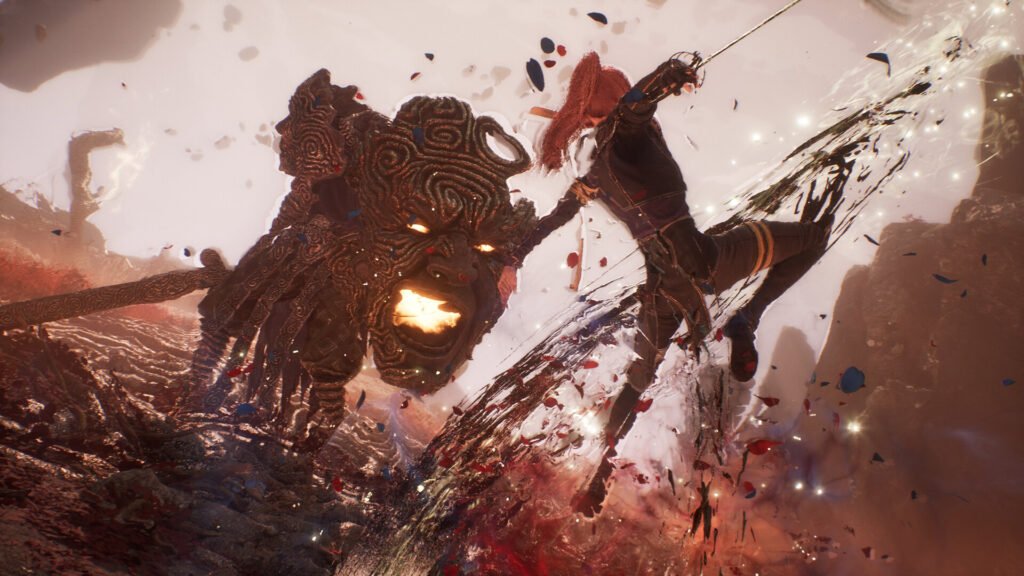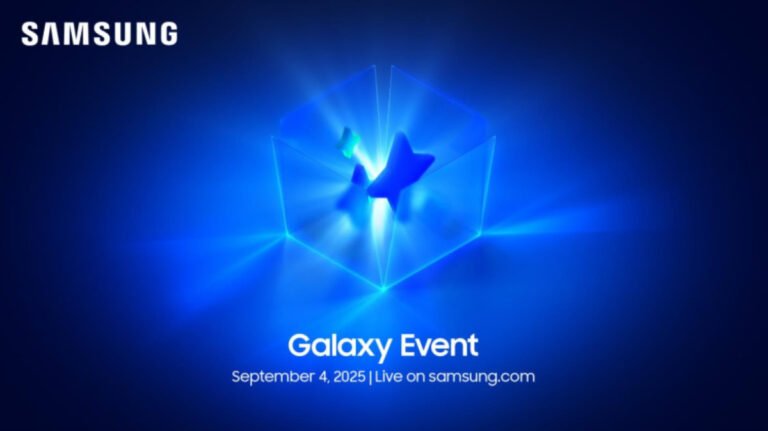

When you step into Clair Obscur: Expedition 33, you’re not just stepping into another RPG—you’re walking into a painting. This isn’t hyperbole; it’s a world where brushstrokes, textures, and hues feel alive, shaping not only the backdrop but the very identity of the game. Instead of chasing hyper-realism like most modern RPGs, Expedition 33 embraces the surreal beauty of painted aesthetics, creating a setting where every detail feels both haunting and breathtaking.
A World Painted in Fear and Wonder
Unlike traditional fantasy landscapes, Clair Obscur uses its painterly visuals to blur the line between dream and nightmare. The world feels fragile, as though one careless touch could smear it across the canvas. Characters move through environments that seem deliberately unfinished at times—strokes of color that fade into voids, shadows that spill unnaturally, and skies that look more like oil-painted tragedies than natural weather.
It’s here that the Clair Obscur: Expedition 33 Steam key on Eneba takes on added value, because this isn’t just about playing a game—it’s about stepping into an interactive piece of art. The painterly design isn’t just a visual gimmick. It’s a storytelling device, setting the tone for a world cursed by repetition, mortality, and cycles of loss.
Painting as a Language of Storytelling
In Expedition 33, painting and aesthetics do more than decorate. They communicate. For example, the way a battlefield looks—whether it’s a muted, gray wasteland or a vibrant explosion of colors—often reflects the emotional state of the moment. The art style becomes a silent narrator, shaping how players feel before a single line of dialogue is spoken.
Enemies are often grotesque yet beautiful, painted like half-finished works of art that clawed their way out of a canvas. Their very design suggests incompleteness, a reminder of the fragility of existence in a world that is constantly being undone and repainted by forces beyond human control.
The Combat Canvas
Combat in Clair Obscur is another place where painting influences gameplay. Attacks look like brushstrokes slashing across the air, bursts of color exploding with every successful hit. Defenses and dodges don’t just feel mechanical—they look like swipes of a brush desperately erasing danger. It’s as if each battle writes its own abstract painting in real time, blending violence and artistry into a single performance.
This fusion of aesthetics and mechanics creates an experience that’s hard to compare to other RPGs. Where most games aim for cinematic polish, Expedition 33 aims for poetic imperfection. And that’s what makes it unforgettable.
A World That Can’t Be Polished
Perhaps the most powerful aspect of Clair Obscur’s artistic design is its refusal to be tidy. The roughness, the visible brushstrokes, the unfinished edges—all of it mirrors the game’s core themes of mortality and impermanence. Just as the player’s journey is defined by cycles of death and rebirth, the world itself seems trapped in a constant process of being painted and repainted, never quite complete.
In many ways, the aesthetics become a metaphor for the human condition. Life is rarely neat. Stories rarely resolve cleanly. And beauty often comes from imperfection. By weaving this into its design, Expedition 33 delivers a world that feels as fragile as it is powerful.
A Painted Masterpiece in Motion
Clair Obscur: Expedition 33 proves that art direction isn’t just background decoration—it’s a storytelling force in its own right. The painterly aesthetic doesn’t just make the game look different; it makes it feel different, shaping every encounter and every step through its tragic yet beautiful world.
For players ready to experience an RPG that treats painting as more than a style—one where brushstrokes become part of the story itself—this is a journey worth taking. And if you’re looking to dive into this surreal masterpiece, you’ll find it available through Eneba digital marketplace.
The post How Painting and Aesthetics Shape the World of Clair Obscur: Expedition 33 appeared first on Android Headlines.

